Filter by

The Fluid Dynamics of Climate
This volume provides an overview of the fluid aspects of the climate system, focusing on basic aspects as well as recent research developments. It will bring together contributions from diverse fields of the physical, mathematical and engineering sciences. The volume will be useful to doctorate students, postdocs and researchers working on different aspects of atmospheric, oceanic and environme…
- Edition
- 1
- ISBN/ISSN
- 978-3-7091-1893-1
- Collation
- VII, 209, 48 b/w illustrations, 29 illustrations in colour
- Series Title
- CISM International Centre for Mechanical Sciences
- Call Number
- -

Translational Toxicology Defining a New Therapeutic Discipline
Bringing together a distinguished interdisciplinary team of contributors, this volume provides a comprehensive exploration of translational toxicology—a systematic approach to developing therapeutic interventions that can protect against, mitigate, or reverse the effects of exposures. In particular, the book addresses modes of action and biomarkers, developmental risks of exposures, and poten…
- Edition
- -
- ISBN/ISSN
- 978-3-319-27449-2
- Collation
- -
- Series Title
- -
- Call Number
- -

Transitions to Sustainability
This book calls for the conditions of transition to sustainability: How to take into consideration new global phenomena such as and of the dimension of climate change, the depletion of natural resources, financial crises, demographic dynamics, global urbanization, migrations and mobility, while bearing in mind short-term or local place-based issues, such as social justice or quality of life? Me…
- Edition
- -
- ISBN/ISSN
- 978-94-017-9532-6
- Collation
- -
- Series Title
- -
- Call Number
- -
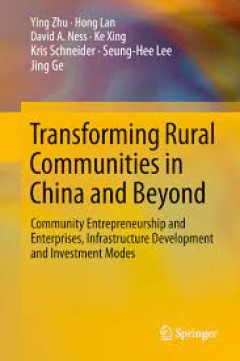
Transforming Rural Communities in China and Beyond Community Entrepreneurshi…
This book represents one of the first attempts by a multidisciplinary research team, encompassing the social sciences, business, architecture and planning, engineering, and finance and economics, to help rural communities discover sustainable and self-reliant paths to development and transformation. The opening chapter outlines the background of the research, its importance in the context of…
- Edition
- -
- ISBN/ISSN
- 978-3-319-11319-7
- Collation
- -
- Series Title
- -
- Call Number
- -
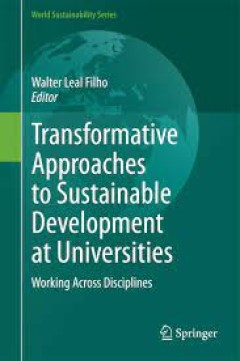
Transformative Approaches to Sustainable Development at Universities Working…
This book documents and disseminates experiences from a wide range of universities, across the five continents, which showcase how the principles of sustainable development may be incorporated as part of university programmes, and present transformatory projects and programmes, showing how sustainability can be implemented across disciplines. Sustainability in a higher education context is a fa…
- Edition
- -
- ISBN/ISSN
- 978-3-319-08837-2
- Collation
- -
- Series Title
- -
- Call Number
- -

The Empirical Validation of House Energy Rating (HER) Software for Lightweigh…
This book reports on the first empirical validation of “AccuRate,” Australia’s national benchmark software tool for house energy ratings. The validation was conducted by the University of Tasmania in collaboration with Forest and Wood Products Australia, the Australian Government, the CSIRO and industry partners. The study presented here describes the results of graphical and statistical …
- Edition
- 1
- ISBN/ISSN
- 978-3-319-14337-8
- Collation
- XIX, 344, 236 b/w illustrations, 60 illustrations in colour
- Series Title
- Springer Theses
- Call Number
- -
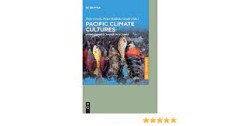
Pacific Climate Cultures Living Climate Change in Oceania
This edited volume examines the opportunities to think, do, and/or create jointly afforded by digital storytelling. The contributors discuss digital storytelling in the context of educational programs, teaching anthropology, and ethnographic research involving a variety of populations and subjects that will appeal to researchers and practitioners engaged with qualitative methods and pedagogies …
- Edition
- -
- ISBN/ISSN
- 9783110591415
- Collation
- -
- Series Title
- -
- Call Number
- -

The Future of the Law of the Sea : Bridging Gaps Between National, Individual…
Introduction This book is open access under a CC BY-NC 4.0 license. It explores the diverse phenomena which are challenging the international law of the sea today, using the unique perspective of a simultaneous analysis of the national, individual and common interests at stake. This perspective, which all the contributors bear in mind when treating their own topic, also constitutes a useful ele…
- Edition
- -
- ISBN/ISSN
- 9783319512747
- Collation
- XX, 269 halaman
- Series Title
- -
- Call Number
- 340 FUT
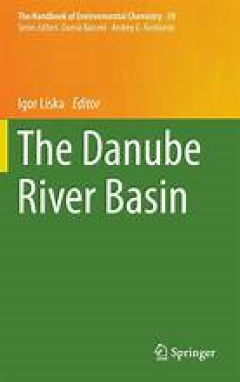
The Danube River Basin
This volume offers a comprehensive review of the chemical, biological and hydromorphological quality of the Danube. The first part examines the chemical pollution of surface waters, focusing on organic compounds (with special emphasis given to EU WFD priority substances and Danube River Basin specific pollutants), heavy metals and nutrients. Attention is also given to pollution of groundwater a…
- Edition
- -
- ISBN/ISSN
- 978-3-662-47739-7
- Collation
- XV, 523, 60 b/w illustrations, 125 illustrations in colour
- Series Title
- The Handbook of Environmental Chemistry
- Call Number
- -
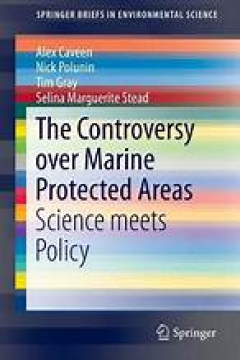
The Controversy over Marine Protected Areas
This book is a critical analysis of the concept of marine protected areas (MPAs) particularly as a tool for marine resource management. It explains the reasons for the extraordinary rise of MPAs to the top of the political agenda for marine policy, and evaluates the scientific credentials for the unprecedented popularity of this management option. The book reveals the role played by two policy …
- Edition
- 1
- ISBN/ISSN
- 978-3-319-10957-2
- Collation
- XIX, 162, 19 b/w illustrations, 8 illustrations in colour
- Series Title
- SpringerBriefs in Environmental Science
- Call Number
- -
 Computer Science, Information & General Works
Computer Science, Information & General Works  Philosophy & Psychology
Philosophy & Psychology  Religion
Religion  Social Sciences
Social Sciences  Language
Language  Pure Science
Pure Science  Applied Sciences
Applied Sciences  Art & Recreation
Art & Recreation  Literature
Literature  History & Geography
History & Geography